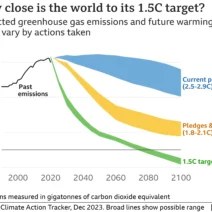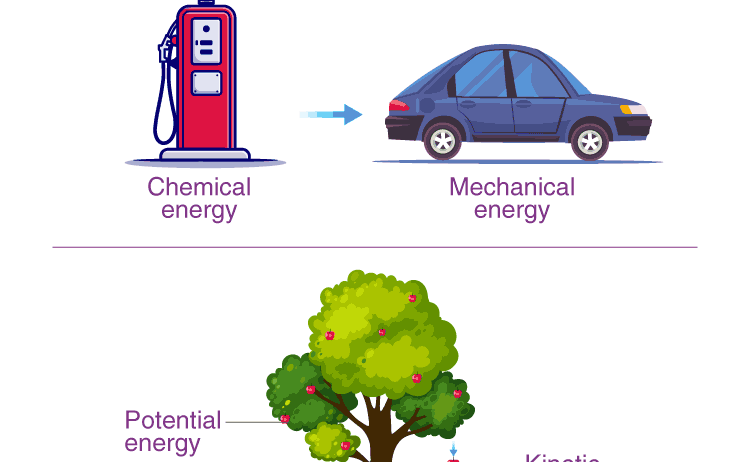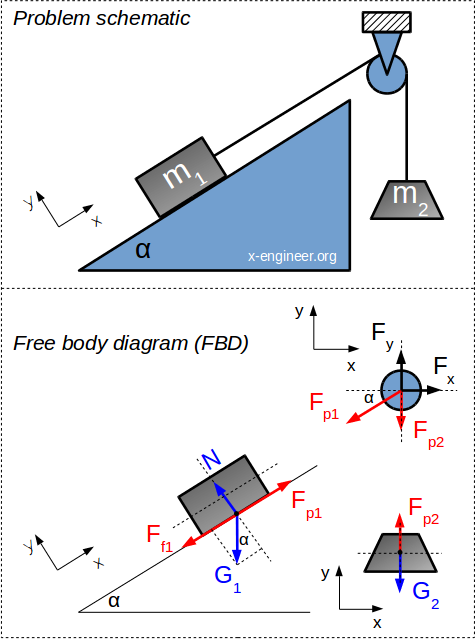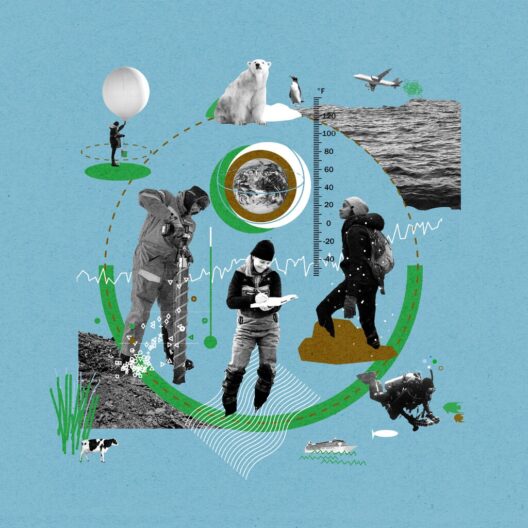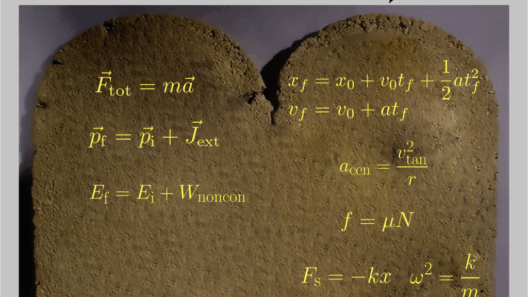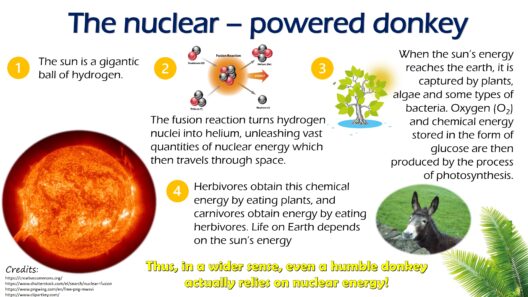The Law of Conservation of Energy stands as a cornerstone in the edifice of physics, asserting that energy cannot be created or destroyed; it can only transform from one form to another. Imagine, if you will, a magnificent tapestry woven with threads of kinetic, potential, thermal, and chemical energies, each thread playing its part in a continuous dance of transformation. This intricate ballet of energy is not just theoretical; it is observable and verifiable through practical methods. This discourse delves into how one can affirm this doctrine of energy conservation through tangible experiments and observations.
To verify the Law of Conservation of Energy, one must first understand its implications. In the grander scheme, all energy transformations must retain a balance. For instance, in a closed system, the energy input must equal the energy output. To embark on our exploration, let us consider two particularly illustrative experiments: the roller coaster and the pendulum.
Picture the roller coaster—a modern marvel that exemplifies this principle. As the coaster ascends, it acumulates potential energy, stored like a coiled spring ready to release into kinetic extravagance. At the apex, the potential energy is at its zenith. As it rushes downwards, that potential energy transmutes into kinetic energy, propelling the coaster at exhilarating speeds. This loop—where energy shifts from potential to kinetic and back again on ascending hills—can be meticulously measured. By calculating the heights and speeds at different points, one can affirm the Law of Conservation of Energy. The total mechanical energy at all points remains consistent, less any minor losses due to friction with the tracks, representing an almost perfect demonstration of energy conservation.
Now, let us pivot to a more fundamental instrument: the simple pendulum. This elegant apparatus, composed of a weight suspended from a fixed point, invites us to witness energy transformation firsthand. When lifted and released, the pendulum swings like a metronome, illustrating energy conservation with each oscillation. The maximum potential energy occurs at the highest point of its swing, while its kinetic energy peaks in the lowest position. Through precise measurements of the height and velocity at various points, one can validate that the sum of kinetic and potential energies remains constant, thereby supporting the immutable law of conservation.
As we delve deeper, we encounter basic calorimetry as another practical method to verify energy conservation. Consider a calorimeter, an instrument used to measure the heat of chemical reactions or physical changes. For instance, when water is heated, it absorbs energy, and this energy can be calculated. Subsequently, by applying the principle of conservation, one can deduce that the energy supplied by heating must equal the increase in thermal energy of the water. This verification encapsulates the energy transformations occurring within the confines of the calorimeter, fortifying the concept of energy preservation.
One might also explore the realm of electrical circuits to discern energy conservation. In a circuit, the power supplied by a battery is transformed into various forms of energy: light, thermal, and sometimes mechanical, as seen in electric motors. By employing the power equation (P = IV, where P represents power, I current, and V voltage), one can ascertain that the energy generated by the battery is accounted for in the entire circuit operation. Provide an examination of energy losses due to resistance in conductors, and you see how the law persists, illustrating energy’s unyielding tendency to be conserved.
As we wander farther into the intricate details of energy conversion, consider the design of a bioreactor. In this setting, the chemical energy produced and consumed by microorganisms can be harnessed and observed. By determining the energy input, derived from substrates, versus the energy output, in the form of biomass and metabolic byproducts, one can indirectly advocate for the law of conservation. Each input and output can be meticulously accounted, reaffirming that no energy escapes the system; instead, it transforms, breathing life into the entire process.
Beyond experimental endeavors, observational methods in natural phenomena also reinforce the conservation principle. One can witness energy transformations in the food chain, where solar energy captured by plants as chemical energy is eventually consumed by herbivores and then predators. These energy transformations maintain equilibrium; the energy sourced from the sun is neither lost nor created but merely transitioned throughout the ecological hierarchy. This macroscopic perspective serves as a testament to the law’s universality, extending beyond the laboratory into the veins of natural ecosystems.
To encapsulate, verifying the Law of Conservation of Energy can manifest through various practical methods, ranging from simple experiments like the roller coaster and pendulum to sophisticated analyses in bioreactors and calorimetric investigations. Each method unveils the unwavering truth that energy is perpetually conserved, much like a phoenix that transcends its form but never ceases to exist. Through practical applications in pedagogy, these pursuits not only endorse scientific doctrines but also foster a deeper appreciation for the intricate and dynamic nature of energy throughout our universe.
In the embrace of energy conservation, we find a vital call to action. As stewardship of our planet has become paramount, understanding energy flow and transformation becomes essential. Tapping into these methods does not only serve validation for an age-old principle but becomes a bridge to a future where energy efficiency and sustainability reign supreme. Engaging with the principles of conservation, one discovers the fundamental interconnectedness of all energy forms, propelling us toward a harmonious existence with our environment.

